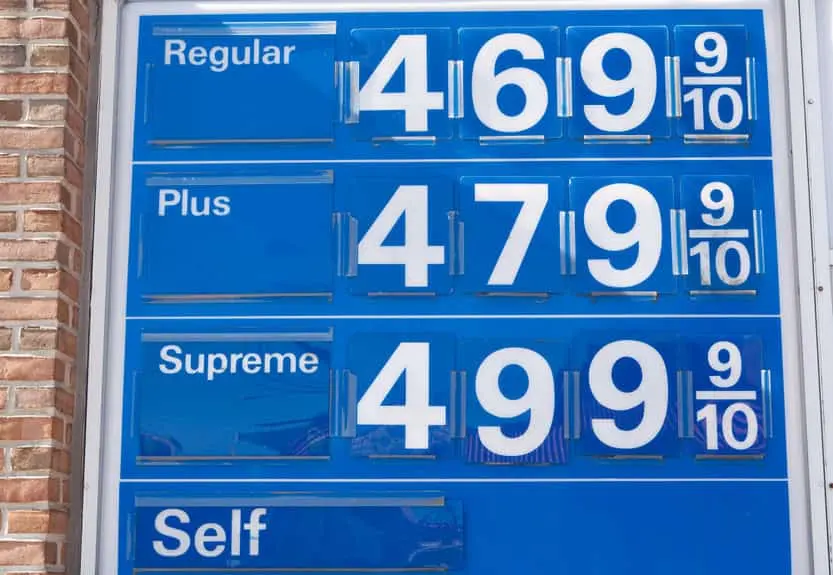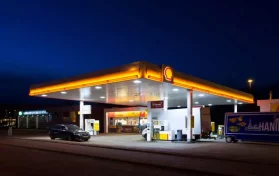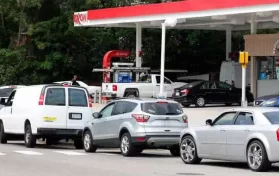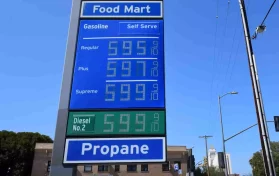
For eleven consecutive days, Americans have seen the national average price of one gallon of gas rise to a new record level. All fifty states have gas prices at $4 or more. AAA released a statement in which the agency said this phenomenon is “unprecedented.”
Andrew Gross, the national spokesperson for AAA, told Fox News Digital that, if the conflict between Ukraine and Russia continues, consumers can expect to see gas prices continue to rise through the summer.
On Friday, the national average for a gallon of gas hit a new record high of $4.59. Although this is only a slight increase from the new record high set on Thursday, the price is still historic. In one week, the national average price for gas has risen by sixteen cents. In one month, that price has gone up by fifty cents. When compared to May 2021, the national average has risen by $1.55 more.
Oklahoma had the cheapest gas in the United States, with its average price of a gallon of gas at $4.03. Mississippi is seeing gas prices of $4.29. California’s average gallon of gas price has topped $6, with the average price being $6.06. In the late 2000s, California and New York saw that highest gas prices, but they were included in only a handful of states to see gas prices hit more than $4 per gallon. Most states hovered at $3 per gallon at that time.
The AAA spokesperson told Fox News Digital that the prices are reflective of a tight supply of energy. Demand also factors into the equation; in fact, demand is up, even in the midst of high prices.
Gross said that the pattern of demand is unusual this year. He related that demand is typically somewhat “lulled” between spring break and Memorial Day. Gross said there was a lull “about two weeks ago,” but demand went up sharply last week, which is contributing to the skyrocketing prices of gasoline. Gross described the increase in demand as “very unusual,” adding that he’d never seen the pattern change in that way.
Gross added that the price of a barrel of oil has also been stuck between $100 per barrel and $110. Gross related, “(The price) meets resistance when it hits $110 and then it drops back down, but then it meets resistance to drop below $100 and so it’s in this uncomfortably high area.”
On Friday, however, the price of a barrel of oil dropped by 59 cents, according to Brent futures. These prices are considered to be for July, so that’s not necessarily a sign that prices are about to drop at the pump.
Oil prices peaked in March at $130 per barrel when investors were concerned about the Russia-Ukraine conflict and the impact it could have on supply. Russia is the third largest exporter of oil in the world, at least prior to the conflict. Sanctions and decisions by multiple European countries not to trade with Russia after it invaded Ukraine have had a large influence on that.
According to AAA, high gas prices are here to stay, at least through the summer months. Gross pointed out that last August, the price of a barrel of oil was about $60. Gross says that the price of oil affects about 60 percent of the price one pays for a gallon of gas. Gross added that increased demand is likely to drive that cost up as well.
Gross said the recent lockdowns in China had also affected the price of oil for the rest of the world’s consumers. If China buys less oil, there’s more oil for other countries. Gross noted that China is the world’s largest consumer of oil.
On Thursday, however, China announced that it would be easing lockdown restrictions in major cities such as Shanghai. The lockdowns have been in effect for more than a month.
The volatility of the oil market is based on Putin’s war as well as other factors, yet no one asks why Americans aren’t utilizing our own oil. In other words, possible scarcity is driving the price we pay at the pump.





